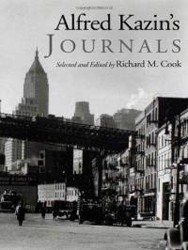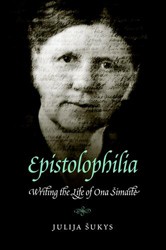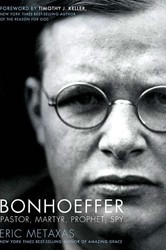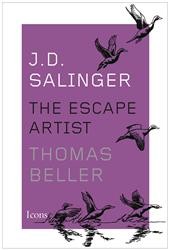“I wanted to become and be a work of art myself,” Bernard Berenson wrote in the last decade of his long life. And so he was. As much as Berenson was respected for introducing the art of the Italian Renaissance to the world and helping build the great American museums, he was also a creator of himself and the life of cultured luxury that was his ideal.
Born Bernhard Valvrojenskis in Lithuania in 1865, ten years later he arrived in Boston, a city not overly hospitable to Jews, where his feckless father struggled. Berenson rescued himself from the poverty and disappointment around him through reading, visiting the Boston Public Library several times a week. While still in high school he read mythology and history, the Romantics and the classics, and above all Walter Pater, his lifelong inspiration. While a student at Boston University, he met the first of his many patrons, who paid his Harvard fees. Berenson decorated his college rooms with Italian prints, having already fallen under the spell of Botticelli — in reproduction — at the Boston Museum of Fine Arts, which he visited with the girl of “wealth and culture” he was seeing at the time. Thus before he had graduated from college, the pattern of Berenson’s life was taking shape — his ardent desire for a life of art and culture that required substantial assets and his need to finance it through work and patronage, as well as the almost constant company of women.
In this highly readable and meticulously researched biography, Rachel Cohen, an award-winning author and teacher, relates Berenson’s achievement as the authoritative critic and connoisseur — a profession he practically created — of his time and the pain and self-contempt his background and need for money caused him. Cohen contrasts his life at I Tatti, his villa and library outside Florence, where he lived in luxury as a scholar and collector, with his sometimes devious dealings and his long-term secret contract with Sir Joseph Duveen, the preeminent art dealer. Few knew of Berenson’s childhood poverty; his youthful conversion to Protestantism and later conversion to Catholicism did not spare him the anti-Semitism of his wealthy customers — the businessmen for whom he bought culture and refinement — and the establishment world he lived in.
A man of sparkling conversation and seductive charm, Berenson craved intellectual company and the companionship of women — his mother, his sister Senda; his wife and collaborator, Mary Costelloe Berenson; his great love, Belle da Costa Greene, J.P. Morgan’s librarian; Isabella Stewart Gardner, whose museum he helped build; Edith Wharton, his dear friend; Nicky Mariano, his librarian and closest companion in the last four decades of his life. In a life spanning almost a century, he met the intellectual leaders of his times — to name only a few, Oscar Wilde and Ernest Hemingway, John Steinbeck and Walter Lippmann, Ray Bradbury and Henry Adams, Katherine Dunham and Kenneth Clark. Bertrand Russell was his brother-in-law; Judge Learned Hand, a lifelong correspondent. During World War I, Berenson worked for U.S. Army Intelligence; during World War II he was protected by various Italian officials despite his well-known anti-Fascism.
Cohen brings Berenson’s complexities, extraordinary achievements, and self-doubts together in this vivid and well-paced biography. Berenson saw paintings with a love and depth of understanding that few have matched, and he gave that gift to the world in his definitive work on Italian Renaissance art, the paintings he urged on wealthy buyers, and the knowledge he brought to a growing public. In gratitude to Boston and to encourage and preserve his ideals of scholarship and high culture, he left I Tatti to Harvard, a lasting monument to the man who helped the world see art in a new and meaningful way. Bibliography, illustrations, index, notes.
Related Content: Jewish Lives series
Video
Maron L. Waxman, retired editorial director, special projects, at the American Museum of Natural History, was also an editorial director at HarperCollins and Book-of-the-Month Club.





